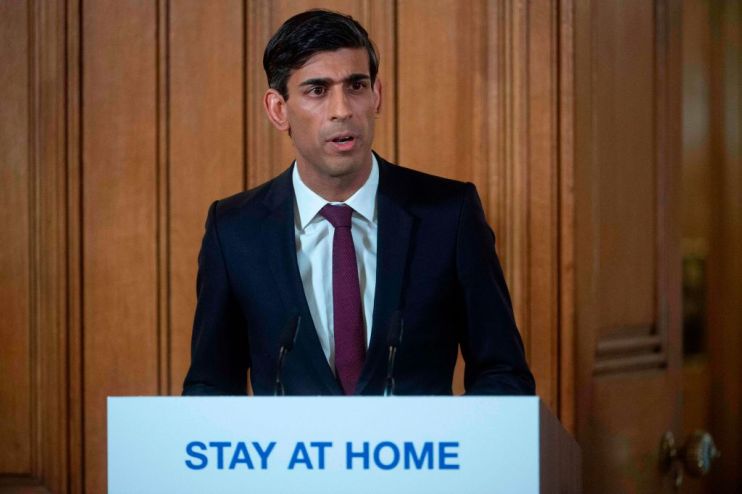Worried about furlough fraud? Now is the time to check your claims

When Covid-19 struck, HM Revenue and Customs (HMRC) introduced the furlough scheme at remarkable speed to help people and businesses through the pandemic.
But when claims are made in a rush – and under huge pressure – mistakes are inevitable. Also, sadly, when a recession hits the likelihood of fraud tends to increase.
That is why HMRC now has the task of tackling incorrect and fraudulent claims for Covid-19 support payments both through the furlough scheme, officially known as the Coronavirus Job Retention Scheme (CJRS), and the Self-Employment Income Support Scheme (SEISS).
Tens of billions of pounds were paid out in a very short space of time, which is why HMRC resources are expected to focus on this new area of fraud. As a result, now is the time for companies and freelancers alike to make doubly sure their claims were watertight.
What is furlough fraud?
HMRC shows a zero tolerance of fraudulent behaviour – but what are examples of furlough fraud?
A fraudulent error may involve employers claiming despite not meeting the scheme’s criteria, such as:
- Claiming CJRS despite keeping staff working;
- False payroll records;
- Intentionally not using the furlough money as required;
- Or claims by organised criminals.
Other types of errors which may be innocent are transposition mistakes in data, an error in a date or computation when inputting the claims online. The rules are complex, particularly for partial furlough, National Insurance Contributions and salary sacrifice.
HMRC’s response
As well as following up whistle-blower reports, we expect HMRC to use its ‘Connect’ computer system to flag anomalies in claims, while looking at industry and sector norms.
HMRC’s Fraud Investigation Service can conduct criminal investigations with a view to prosecution for cheating the public revenue or fraudulent evasion of income tax.
The department has already shown that it will act decisively, with an arrest for suspected furlough fraud in July 2020, alongside freezing money in a bank account and seizing computers, digital devices and records.
That month, employers were given 90 days to disclose incorrect furlough claims. This period ends in just six weeks on 20 October 2020, giving businesses a vital but ever shortening window to right any wrongs, or repay any incorrect claims.
Next steps
Once the 90 day period passes, the gloves will be off. HMRC will begin in earnest to pursue furlough and SEISS claims using both criminal and civil powers. Those who knowingly made incorrect claims and failed to notify the government will face significant penalties.
Moreover, for those where HMRC suspects fraud, we can expect in-depth investigations into not just furlough and SEISS claims but also the wider business affairs of those involved. The legislation includes penalties as well as powers to publicise defaulters online and to pursue company office holders where businesses become insolvent, with joint and several liability.
The CJRS and SEISS rules have changed since the schemes’ inception. Plus many business owners implemented claims in a rush at the start of lockdown. Therefore checking that the amounts and paperwork is accurate and the scheme criteria met is crucial.
Anyone concerned that they may have submitted incorrect furlough or SEISS claims should review those claims as a matter of urgency. If a disclosure is needed, then specialist professional advice should be sought without delay.
Dawn Register is Head of Tax Dispute Resolution at accountancy and business advisory firm BDO.